I can see a million opinions and arguments over the question - Is Buddhism older than Hinduism? The trouble is most of the disputes are baseless and devoid of any study and references. They are also influenced by one’s sentiments and religion biases.
Without going into history, archaeology and reading ancient texts, people believe Hinduism is older than Buddhism. People are carrying baggage of religion and spirituality, hence it becomes difficult to see the question objectively.
Hinduism is a fusion of practices, traditions, customs and ideas from Rig Vedas, Manu Smriti and other 18 contemporary Puranas. It is misleading to confuse Vedic religion to Hinduism. Hinduism did not exist in Vedic age, not in essence.
© copyright WriterArtist 2023, All rights reserved
Image Courtesy Pixabay, Author Susann Mielke



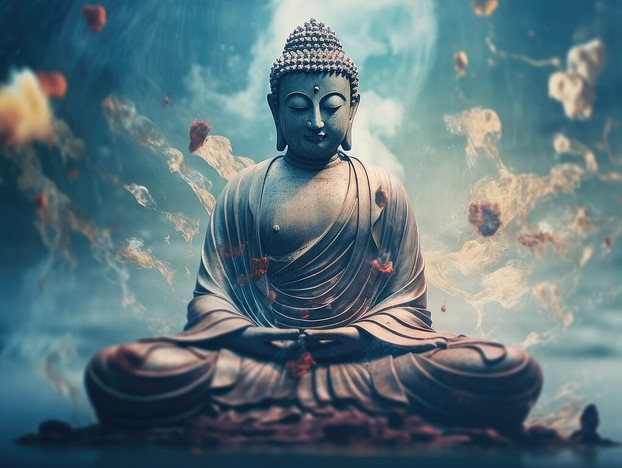












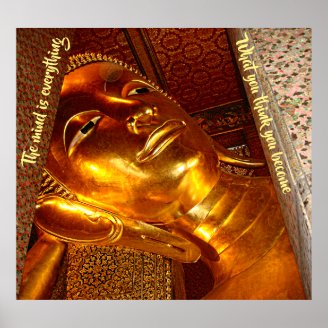
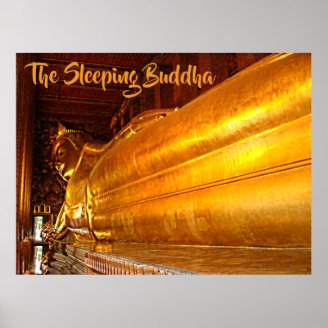
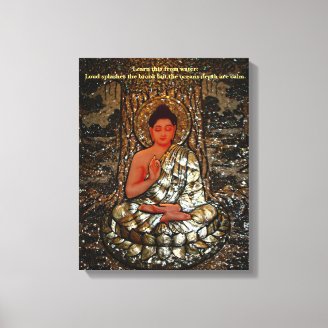

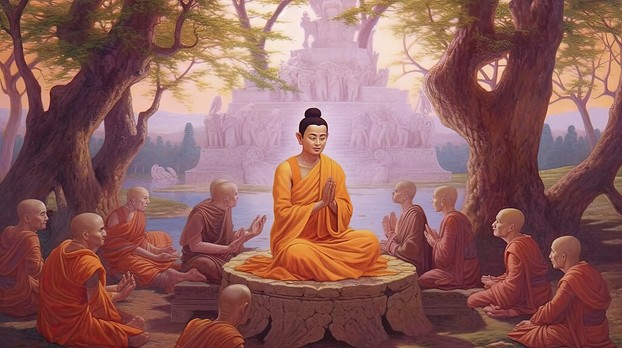



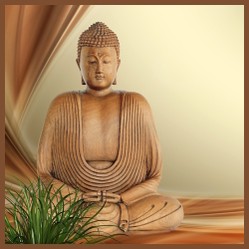

 Harvest Bounty of Fall Fruitson 08/03/2023
Harvest Bounty of Fall Fruitson 08/03/2023
 Was Tirumala Tirupati Balaji Temple a Buddhist Shrine?on 06/13/2023
Was Tirumala Tirupati Balaji Temple a Buddhist Shrine?on 06/13/2023
 The Great Wave of Kanagawa from Japanese Artist Hokusaion 06/11/2023
The Great Wave of Kanagawa from Japanese Artist Hokusaion 06/11/2023
 Renowned Historical Doting Father Figureson 05/29/2023
Renowned Historical Doting Father Figureson 05/29/2023

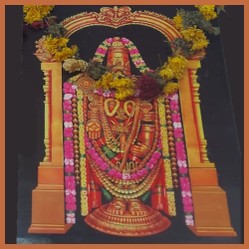
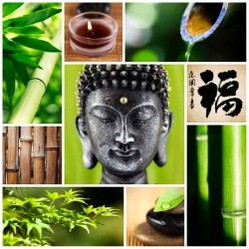
According to you which is older - Buddhism or Hinduism?
I never thought much about the age of different religions but your info about relatively 'young' Hinduism surprised me. Your presentation is an interesting reading and I learned somthing new. Thanks!
Pali sources identify the 29th Buddha as Metteyya (Maitreya in Sanskrit), child of Subrahma and Brahmavati in Ketumatī.
Online sources link the name with an earthly, legendary paradise. Some mention it as in actuality Banaras, Uttar Pradesh; or as the Indian subcontinent river between Mount Nalika and Vipula; or as the Burmese city of Taungoo.
Pali sources likewise note that Maitreya will find enlightenment under the Nāga (Mesua ferrea) tree.
Would it be possible to perhaps guesstimate what will be a place where Maitreya talks and walks by mapping wherever there are what commonly gets called Ceylon ironwood or cobra saffron?
It would have to be somewhere in Mizoram (northeast India), Sri Lanka (off southeast India) or Tripura (northeast India) if it matters that the slow-growing tree respectively associates with those three places as national tree, state tree and state flower.
It would have to be Sri Lanka if one respects the natural dynamics of the graceful. gray-green-l and pink-red-leafed, fragrant-bloomed, white-flowered tree since the ferrea species is a Sri Lanka-exclusive endemic.
It would have to be Sri Lanka if it matters that Sri Lanka way down south mattered to Gautama Buddha way up north and to Ashoka, both of whose children ended up there.
The computer crashed before I could add an additional part to my question in the comment box below.
Is it not perhaps likewise indicative of an old religion, an old spirituality that we thereby know the incarnation of Gautama Buddha at the time of each previous Buddha, from number 4 onward (apart numbers 1, 2, 3 and 18)?
Pali sources from Sri Lanka identify 29 named Buddhas, of whom Gautama Buddha the 28th and Maitrya the 29th.
Is it not perhaps indicative of an old religion, an old spirituality that we thereby know the birthplaces, the enlightenment trees, the Pali and Sanskrit names and the parents of each Buddha, from 1 through 29?
WriterArtist,
My sister Stessily asked me to thank you for writing this article. She studied with Awadh Kishore "A.K." Narain, an Indian archaeologist, historian and numismatist who was a Buddhist. Professor Narain would be impressed with your research and with your ability to present an understandable explanation of the complexities of Buddhist prehistory.
Frankbeswick - Thanks for visiting the page. My explanation -
Sindhu became Hindhu/Hindu.
From Hindu (and not Sindhu) came the following derivations:
Hindustan - country
Hindi - language of the country
I found this article useful and informative. Thank you.
Just a linguistic point here. You mention the words Sindi and Hindu being interchangeable. I and U swaps are known elsewhere. Look at this table
Latin: super (above) means the same as the Greek hyper
Latin sub (below) means the same as the
Greek hypo.
Dear DerdriuMarriner - I have added videos of S. N. Goenka who taught Vipassana meditation. It was taught to him by Sayagyi U Ba Khin his Burmese teacher. It is believed the pristine form of meditation was preserved by a line of teachers in Burma who guided the technique. It is believed It is the same meditation technique taught by Buddha. One can experience the results - now. One does not need to die and get a place in heaven to experience joy and equanimity.
Dear DerdriuMarriner - Buddha preached non violence all the time. It is the most kindest and tolerant religion. He stopped animal sacrifice (cows, bulls) during events and yagnas. Buddha did not preach any religion , he showed a method to come out of sufferings. His doors were open to all - women, backward classes. Brahminism condemns it.
Hinduism you are talking about is actually ancient Vedic one. You can call it Brahminism. I have tried to explain it. It is animism - worship of mythical deities, nature etc.
After Buddha, there came to existence 2 deviations - Mayahana & Hinayana. Later there was Tantric Buddhism which is a distorted version of Buddhism. Focus is on tantras and demons. There is also Tibetan Buddhism and Theravada Buddhism.
Buddha and his teachings in pure form are the core. Unless you study them, practice what he preached, it is difficult to understand. Major of my understanding comes from Vipassana, Guruji S. N. Goenka's explanation, Sayagi U Ba Khin's articles. Both are established teachers and explain Buddhism in layman's terms. One is Indian , other is Burmese.
For enlightenment - Buddha stressed that it doesn't come from begging deities, bribing Gods and rituals. Vedas/Hinduism/Animism is full of it. They believe in self manifestation of Gods/Idols.
Buddha mentions 31 planes of existence. He says Devas exist in some of the realms. He talks out of his experience. Not one word is without his experiencing it. To reach such levels requires Paramis (Perfections). It is not a joke. He said - Humans are capable to reach such heights, animals and life from other realms cannot. He never claimed he was God/Almighty/Deity. His pure teachings are treasure. Although it is in Pali, translations are available. I would recommend them and to learn to meditate the right way (Vipassana meditation). A line of Burmese teachers kept the technique safe as it was getting distorted and vanished from the land of origin.
Historical linguistics assumes that older languages are more complicated structurally and that they simplify over time.
Going by that guideline I envision Hinduism as older than Buddhism. Hinduism is overall kinder about animal and plant sentients since Buddhism laments animals with claws, which Tibetan Buddhists mourn as unlucky rebirths.
Buddhism likes Indra, who is my favoritest god and Ganesha my next favorite. But it also promotes the demon Hariti that Hinduism warns against for stealing children and eating them.
Buddhism likewise likes gardens -- not that Hinduism doesn't -- so much that it matches each deity in each heavenly level with a specific garden type. Indra, of course, planted my favorite garden.